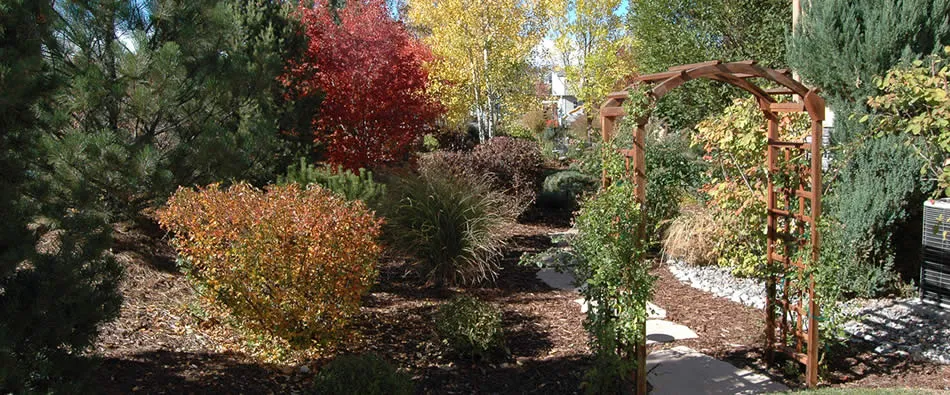Carl Linnaeus was an eighteenth century botanist who introduced the world to a method of naming plants called the binomial nomenclature system. Before his system, many grass and plants had very lengthy descriptions in Latin that were sentences long. His idea was to give each plant two Latin names that would make it easy to identify them. Latin was used as a standard so that botanists around the world would be able to communicate about the same plant that often had several names. For example, the dandelion is also known as Blow Ball, Lion’s Tooth, Peasant’s Cloak, Yellow Gowan, Priest’s Crown, Irish Daisy and Monk’s Head, to name just a few. Therefore, it makes a botanist’s life simpler to use the Latin name, Taraxacum officinale, when discussing the dandelion with someone outside of his area.
Rumex acetosella L., means “little vinegar plant”.
Carl Linnaeus’ system used descriptive Latin words to name plants. Sheep Sorrel (or Red Sorrel, Field Sorrel, Sour Weed, Red-topped Sorrel, Cow Sorrel, Sour Leek, Horse Sorrel, Gentleman’s Sorrel, Toad Sorrel, or just plain Sorrel) is a good indicator plant for acid or sour soil. The Latin name, Rumex acetosella L., means “little vinegar plant”, which is more descriptive than any of the common names.
Some plants are called the same thing, as is the case with wild onion and wild garlic. These names are often interchanged, depending on where they are growing. Lawn care customers will use all sorts of names for the same plant. “Water grass” is freely used to describe all sorts of weedy grasses. Creeping Charlie, Creeping Jenny, and Creeping Crude are used to describe a variety of different weeds. All thistles are “sticker bushes” and all plants with three leaves are clover — although they may be clover, or Black Medic, or Oxalis.
Many weeds in the U.S. were imported from Europe or Asia.
Many of the weeds we contend with in the U.S. were imported from Europe or Asia. They were originally brought here to serve a purpose, such as a ground cover. Such is the case with Ground Ivy (or Gill-Over-The-Ground, Haymaids, Tunoff, Hedgemaids, Lizzy-Run-Up-The-Hedge, Cat’s Foot, Gill-Go-By-The-Hedge, Robin-Run-In-The-Hedge, or Creeping Charlie). The Latin name, Nepeta hederacea L. means ivy-like plant from Nepeta. The “L” at the end indicates that our friend, Carl Linnaeus, named it. It was initially brought to this country as a plant that would quickly fill in a bare area and keep down dust and dirt. If you have ever had the experience of trying to rid your lawn of this troublesome weed, you know how well it does its job. Spring-Green helps customers control these wild weeds with our weed control services.
The binomial nomenclature system makes it easier for the botanist to communicate. Since we are not all botanists, we will struggle to communicate our displeasure of having Smart Weed (or Water Pepper, Pepper Plant, Biting Persicaria, Biting Knotweed, Red Knees, or Red Shanks) in our lawn or garden. Then again, some of the common names are somewhat cute, like Robin-Run-In-The-Hedge instead of Nepeta hederacea L. And one thing is for certain; it is a lot easier to pronounce.
---------------------------------------------------------------------
Autumn Gold Landscapes, Denver, Colorado






